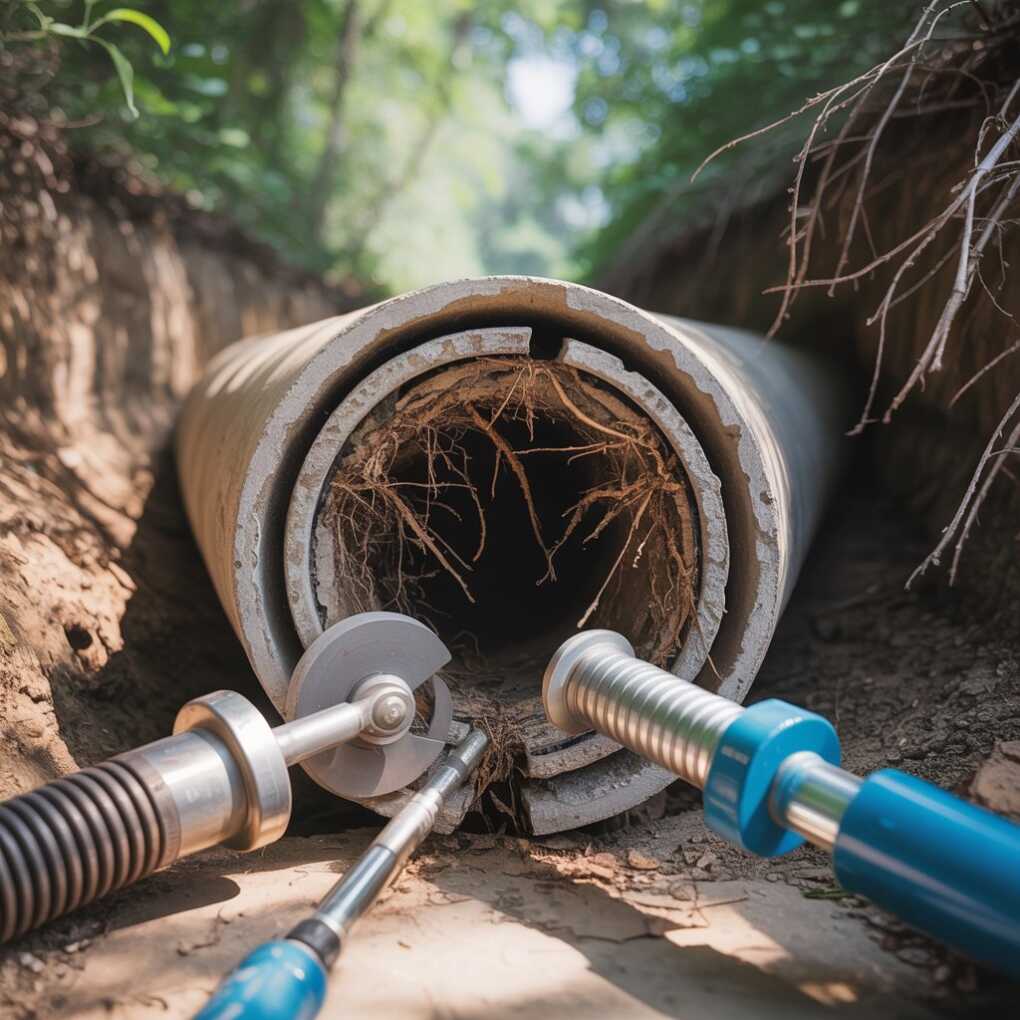Tree roots may be great for nature, but they can cause major headaches for homeowners when they invade underground pipes. Once roots find their way into a water or sewer line, they quickly grow, creating blockages, cracks, and leaks that disrupt your plumbing system. Fortunately, modern plumbing tree root removal methods provide effective ways to clear pipes and prevent long-term damage. Knowing the right solutions can save you from costly repairs and keep your plumbing system running smoothly.

How Do Tree Roots Invade Pipes?
Tree roots naturally seek out water sources, and underground pipes provide exactly what they need: moisture, nutrients, and oxygen. Even the smallest crack or joint in a pipe can allow roots to enter. Over time, these roots expand, causing:
- Slow or blocked drains
- Gurgling noises in toilets and sinks
- Unpleasant odours from the sewer line
- Leaks and damp patches around the property
Early detection and treatment are key to avoiding major pipe damage.
Common Plumbing Tree Root Removal Methods
There are several proven ways to remove tree roots from your plumbing system. The right method often depends on the severity of the problem and the type of pipes in your home.
1. Mechanical Cutting
Plumbers often use mechanical root-cutting tools attached to drain machines. These cutters slice through tree roots inside the pipe, clearing blockages and allowing water to flow again. While effective, this is usually a temporary fix as roots can regrow if not properly managed.
2. High-Pressure Water Jetting
Also known as hydro jetting, this method uses high-pressure water streams to blast away tree roots, debris, and grease inside pipes. It’s a powerful solution that not only removes roots but also cleans the pipe walls, reducing the chance of future blockages.
3. Chemical Root Treatments
Special root-killing foams or chemical treatments can be applied to pipes to stop root growth. These solutions kill the invading roots without harming the tree above ground. They are often used after mechanical cutting or jetting to prevent regrowth.
4. Pipe Relining
If tree roots have caused cracks or significant damage, pipe relining may be the best option. This trenchless repair method installs a strong new liner inside the existing pipe, sealing off entry points so roots can’t grow back. It’s a long-lasting solution that restores pipe strength without excavation.
5. Pipe Replacement
In extreme cases where pipes are severely damaged or collapsed, replacement may be necessary. Although more invasive, this provides a permanent fix for pipes beyond repair.
Preventing Future Root Problems
After successful plumbing tree root removal, it’s important to take preventative steps:
- Schedule regular plumbing inspections with CCTV cameras
- Keep large trees and plants away from sewer lines when landscaping
- Consider installing root barriers to protect underground pipes
- Maintain your system with professional cleaning and treatment as needed
